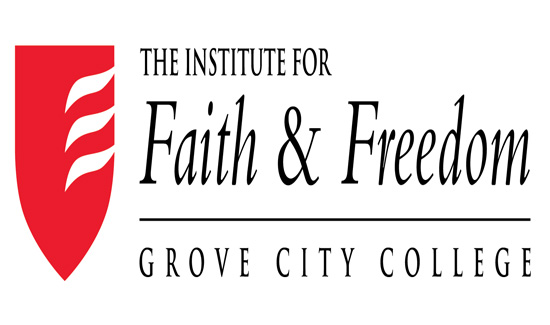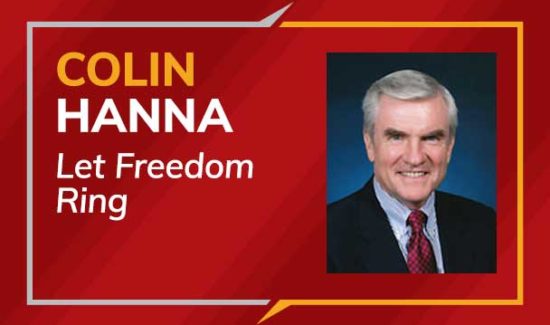Our New Jeffersonian Era
WASHINGTON- Apropos of our democracy, Alexander Hamilton’s and Thomas Jefferson’s statues stand miles apart here.
"Before his death Jefferson had two busts made of himself and Hamilton, then placed them facing each other at his home in Monticello," said Villanova political science professor Dr. Lara Brown, "He believed they should face each other in death as in life."
America always has been at odds with these two Founders’ philosophies of where the nation’s exceptionalism would be found.
Today we are in the midst of a cultural U-turn away from a Hamiltonian meritocratic-elitist, centralized-power society to a more Jeffersonian Main Street focus, with state and local governments as the primary powerbrokers.
"When the country feels as though we have pushed too far in one direction, it swings back to the other side," says Brown, author of "Jockeying for the American Presidency."
Prone to rambling, his clothes slightly worn, Jefferson was creative; his prose was almost poetic, his delivery scattered. The author of the Declaration, his vision of America was of a decentralized federal government, with power spread out to state and local governments.
His vision of an agrarian nation, with mild laws and a deep belief in man’s goodness and liberty’s importance, contrasted sharply with Hamilton’s vision of a Washington-centric government, with power concentrated among the elite few.
Well-dressed, with a very organized mind, Hamilton believed humans were inherently flawed and, left on their own, made poor choices. His vision was to promote an economy based on commerce, wealth and strict laws, advancing toward a technological age and European-style collectivism.
Our shift away from elitism has threads throughout our culture, in the food we eat and the entertainment we choose. Cases in point: Plaid shirts, cowboy boots and Levi’s jeans have surged in the fashion world, and last year’s No. 1 new cable show was the History Channel’s "American Pickers," about chasing Americana in the flyover zone.
It also is apparent in our political shift that began two years ago.
"What you saw in the very beginning of the tea party movement is our culture reconnecting with individual liberty again, the self-agrarian values of Jeffersonians," says Brown.
The shift from elitism isn’t just a Republican thing, she says. "In just a few weeks you saw the end of the moderate Democratic Leadership Council, the resignation of Rep. Jane Harmon, D-Calif., and the loss of three moderate Democratic senators — Webb of Virginia, Conrad of North Dakota and Lieberman of Connecticut."
Then there’s the loss of moderate Democrats in the South: Since November’s midterm elections, 24 state representatives and state senators have switched to the Republican Party.
The Democratic Party has cast itself as the progressive party, leaving little or no room for conservative Democrats. It appears to be out of sync with where the country is heading, despite Main Street’s message last fall.
Republicans picked up 680 seats in state legislatures, hold a majority of governor’s seats (29) and won 63 U.S. House seats.
And while Democrats still hold the White House, their 53-47 majority in the U.S. Senate will be tested next year when they must defend 23 of those seats.
Over the 234 years of our nation’s Jefferson-or-Hamilton debate, we never really compromised on either man’s vision. We zigzag, progressing slowly along the way, adopting a small part of their values in each new era.
Republicans were elected in November not because Americans love Republicans; they were elected because their values are in line with this new Jeffersonian era.
Along the Treasury’s south portico, Hamilton’s statue proudly stands guard. Tourists hustling to see the White House pay little attention to him; snow covers his head and most of his face, giving him an icy pose.
Down at the Tidal Basin, up wide marble steps and inside a circular portico, Jefferson’s statue is less open to the elements. Tourists crowd around his larger-than-life figure, lingering over his iconic quote on a panel of the southeast interior wall:
"I am not an advocate for frequent changes in laws and constitutions. But laws and institutions must go hand in hand with the progress of the human mind. As that becomes more developed, more enlightened, as new discoveries are made, new truths discovered and manners and opinions change, with the change of circumstances, institutions must advance also to keep pace with the times."





